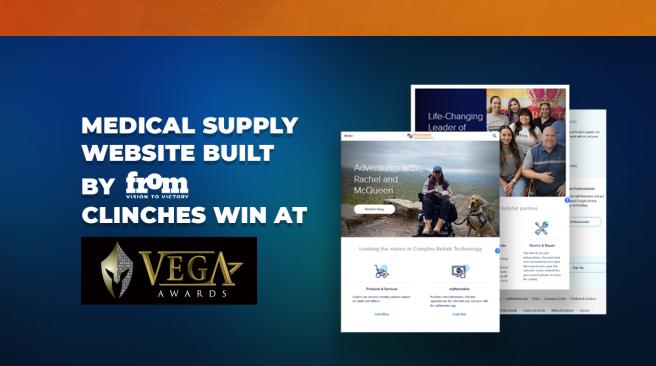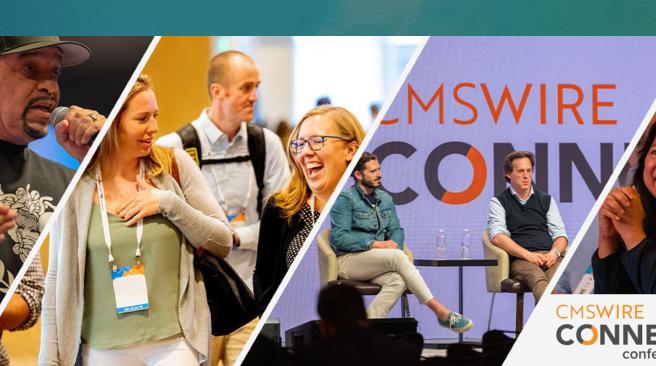Insights | By Howard Tiersky
IS YOUR PRODUCT DEVELOPMENT STRATEGY ALL BASED ON LUCK?
You can learn important lessons about product development in the most unlikely of places.
ONE PATH TO SUCCESS
At age 62, a Florida woman named Unni Haskell decided she wanted to start playing golf—a deceptively tough game to learn.
She drove to a nearby course, rented some clubs, and psyched herself up for what was to be her very first game.
Unni piloted her golf cart to hole number one and stepped onto the tee-off area. She unwrapped a brand-new ball and stuck it on a tee.
Taking a driver out of her rented bag, she raised the club and swung at that darn ball as hard and as fast as she could.
What do you think happened?
A satisfying whack could be heard and the ball traveled a respectable 75 yards. It actually landed on the green. It bounced a couple of times. Then it rolled quite a ways… right into the hole.

Yep! She hit a hole in one on the very first stroke… of the very first hole… of her very first game of golf. This made her a minor internet celebrity for a time. You can Google her.
Experts say the odds against an “amateur golfer” hitting a hole in one are 12,500 to 1, let alone an amateur who’s never played before.
Want to know how she did it?
Dumb luck.
Try it 100,000 times and it will never happen again.
DO YOU FEEL LUCKY?
I mention this story because it has certain similarities to the strategy that a surprising number of companies use when trying to build products and experiences they hope their customers will love.
It is, of course, possible that you could conceive, design, and build a new product, retail experience, or digital property, do absolutely no meaningful customer research, and still hit a hole in one, driving the exact customer behavior you are hoping for… if you are supremely lucky.
Perhaps you have already tried applying the “Unni Haskell” approach to product development at your company and discovered that you aren’t blessed with 12,500 to 1 luck. If so, you are not alone. According to Nielsen, 85% of new consumer products fail in the marketplace.
The good news is that it’s possible to massively reduce the likelihood of this outcome when you can conceive a product based on user needs and also validate your solution hypotheses with prospective customers throughout your product development process to ensure you are creating a solution that they will respond well to.
PREDICTABILITY IS KEY
Those who “pooh pooh” customer research often have an anecdotal story of a successful product that was launched based purely on intuition and grit.
Well, now you have Unni’s anecdotal story to further prove an inspiring point—anything is possible.
Anything is possible, but the real question in business is what is predictable. Products driven by a research-based understanding of the customer are far, far more predictable in their adoption and overall success than those that are not.

You can read more about customer research methods in my Wall Street Journal bestselling book, WINNING DIGITAL CUSTOMERS: THE ANTIDOTE TO IRRELEVANCE. It describes a detailed approach to identifying who your customers are and then gathering and synthesizing the research insights that will yield a rich, actionable understanding of them. Download the first chapter for free by going to https://WinningDigitalCustomers.com.











